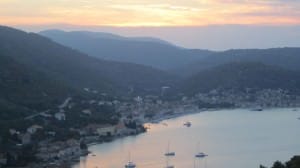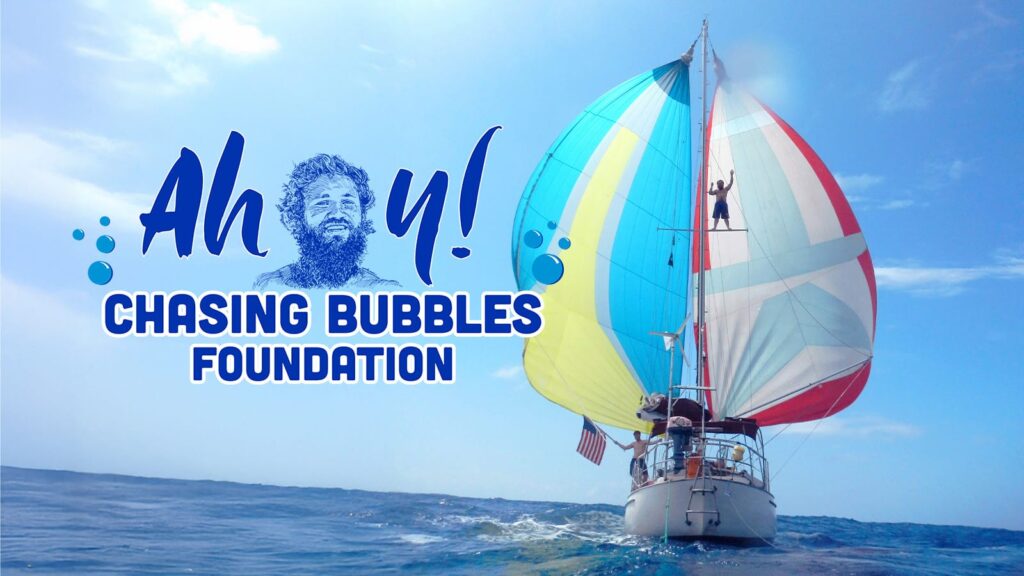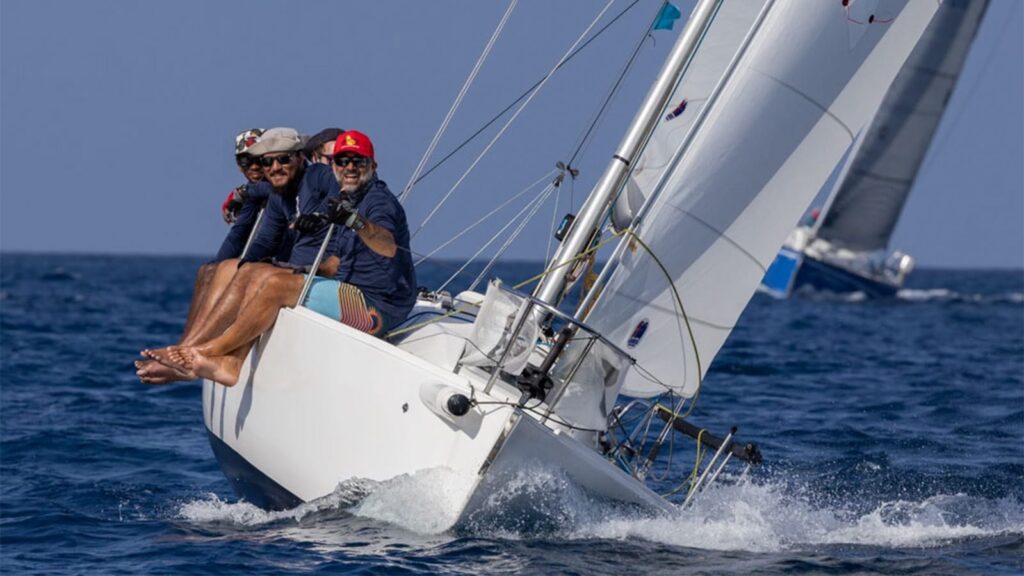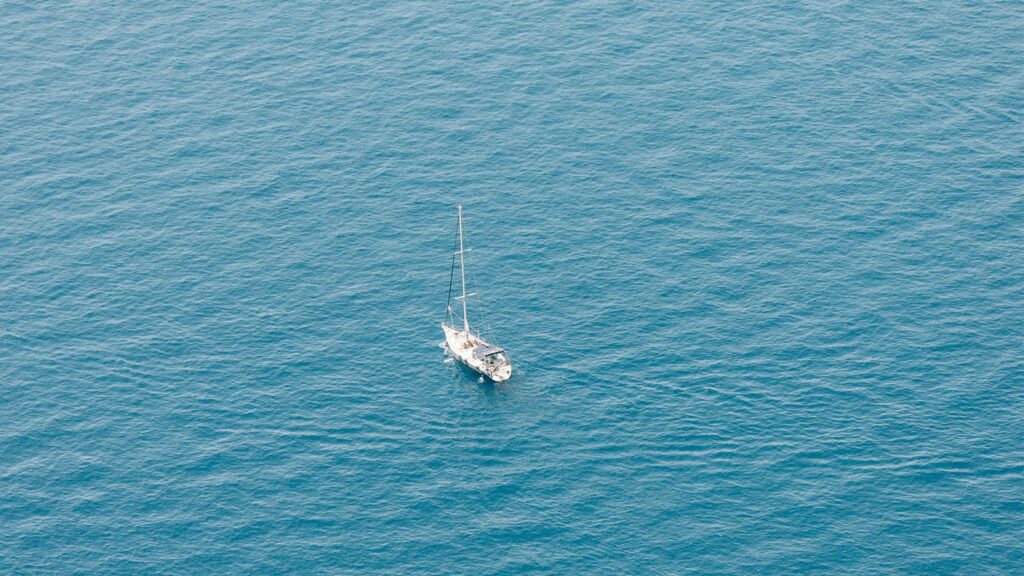This is a story about ASA’s 2012 Croatia Flotilla. For more info on upcoming ASA sailing flotillas, click here.
 Sailors (and tourists of all kinds) have beaten a well-worn path through the Mediterranean, particularly in places like Greece, Italy, and Spain. These are the world’s most ancient sailing grounds, and they richly deserve their reputations for beauty and splendor. But Croatia’s a bit different. Having only been open to tourists for about 15 years, following virtually 800 years of war and strife, you might expect the place to be a bit rough around the edges. But it’s actually quite the opposite–Croatia has a vitality, hospitality, and magnificence entirely its own.
Sailors (and tourists of all kinds) have beaten a well-worn path through the Mediterranean, particularly in places like Greece, Italy, and Spain. These are the world’s most ancient sailing grounds, and they richly deserve their reputations for beauty and splendor. But Croatia’s a bit different. Having only been open to tourists for about 15 years, following virtually 800 years of war and strife, you might expect the place to be a bit rough around the edges. But it’s actually quite the opposite–Croatia has a vitality, hospitality, and magnificence entirely its own.
You won’t find the bright colors and baroque flourishes of Italy, or the spectacular blinding white domes of Greece. Instead, as one local told me, “In Dalmatia it is all about the details.”

You will encounter jumbles of cascading orange tile roofs, and walls whose masonry spans 2,000 years: Originally built by the Romans, augmented in the time of Marco Polo, given a few Renaissance touch-ups, and perhaps reinforced by a tradesman yesterday. Immersing yourself in this rich historical tapestry is one of the great pleasures of a visit to Croatia.
So, when it comes to the architecture and culture of the Dalmatian coast, what should you be sure to see? Here were my favorite highlights, discovered on the 2012 ASA Croatia Flotilla.
Dubrovnik City Walls: Nicknamed “the pearl of the Adriatic,” this is Croatia’s most popular tourist destination. And it’s not hard to see why. With a huge, well-preserved “old town” district dating to the 15th century, the streets are pretty much as they were when Dubrovnik was a powerful Mediterranean city-state, rivaling Venice. Walking the city walls is a must, well worth the 70 kuna price (roughly $12). From the battlements you’ll get numerous stunning views of the town and the sea.

Moreska Sword Dance, Korcula: “You sit here,” the usher said, guiding us to the front row, “maybe you get broken nose. Maybe you lose tooth.”
If you make it to the island city of Korcula, you’ve simply got to see the Moreska Sword Dance—it’s the only place in the world where you can. The performance is elegant, violent, and real—not for the squeamish. Swords clashed and occasionally their broken blades hurtled into the audience, hence the warning (or perhaps invitation?) about getting a broken nose. By nightfall, blood had been spilled by performer and spectator alike, though no one was (seriously) hurt.
The dance recounts the battle between two kings for the love of a beautiful princess, and performing in it is a centuries-old tradition among the youth of Korcula. Shows are held on Mondays, so plan your itinerary accordingly.
Spanjola Fortress, Hvar: Another place for astonishing views. Abandoned for centuries, left “for the fairies to dance in at night,” there’s a spooky thrill to exploring this hilltop fortress. The hike up takes some work, especially on a hot day, but you’ll be glad you did it. From the walls you can see all of Hvar Town, plus the almost tropical-looking Pakleni Islands and the sparkling Adriatic. They’ve got a cafe up there, too, so you can kick back and relax.

Diocletian’s Palace, Split: No trip to the Dalmatian Coast would be complete without this landmark, once the home of Roman emperor Diocletian. It lies at the very heart of Split, and the city has been growing around and inside of it for 1,700 years. The palace is an entire town to itself, and full of oddities from various time periods. There are sphinxes taken from Egypt, fully intact Roman catacombs, ramshackle medieval houses, and the world’s smallest Christian cathedral, in what was once Diocletian’s mausoleum. There are “klappa” singers who perform in the rotunda with the polyphonic voices of angels, frequently reducing their audience to tears.
There’s so much more to see, of course, and more details than I could possibly describe. This should give you a taste, but the rest you’ll just have to see for yourself. Stay tuned to ASA social media for news about our next Croatia flotilla!








